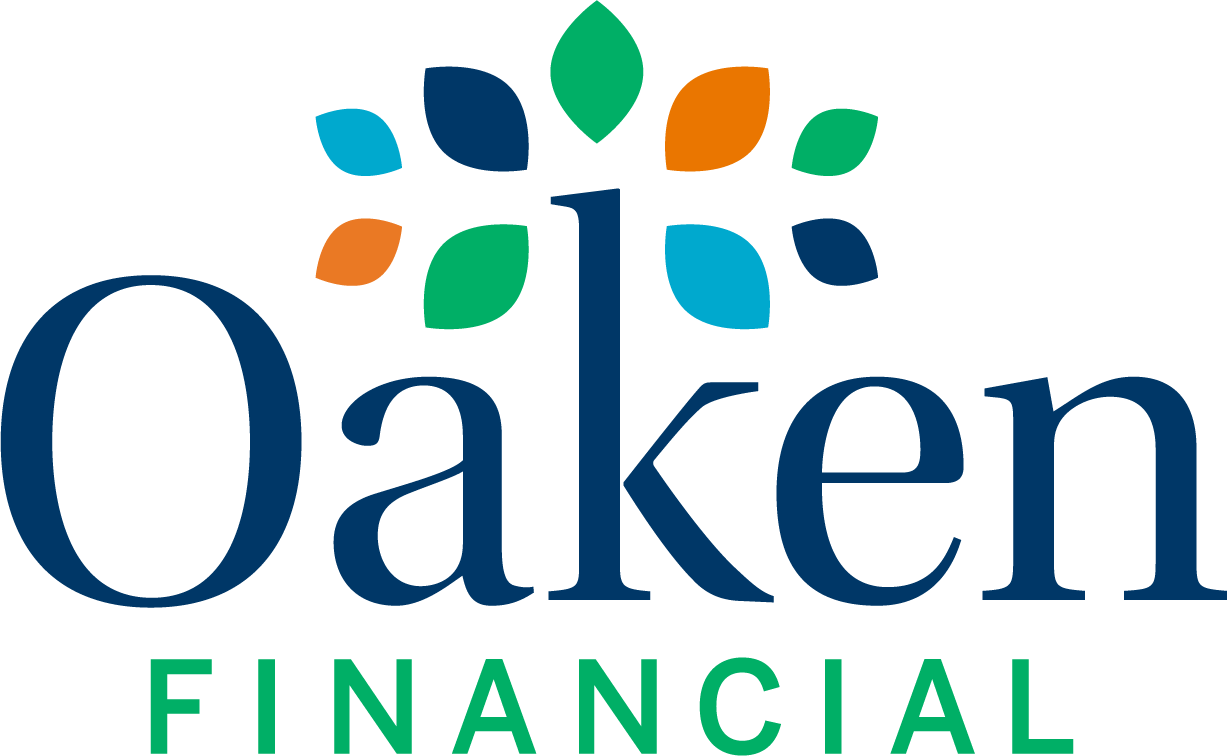On January 1, 2009, the Canadian Government introduced Tax-Free Savings Accounts (TFSA). The concept was “simple”; every year, any individual who is 18 years old or older and who had a valid Social Insurance Number could contribute/invest a set amount of dollars. For the first year, the maximum allowable contribution was $5,000.
I put simple in quotations as more than a decade later, many people are still confused about the TFSA rules and how you can use the account to your benefit. Instead of going through the ins and outs of TFSAs, I want to share with you how I’ve made it work for me.
Getting started
Back in 2009, I wasn’t the personal finance expert that I am now. Yes, I invested, but I was still deep into mutual funds. My cousin who was an accountant managed some investments for me and he introduced the Tax-Free Savings Account to me. He basically said any capital gains made within a TFSA would be tax-free so we used the account on penny stocks.
To be honest, I knew nothing about penny stocks, but it was something that he had experience investing in. Since I was willing to accept the risk, I let him manage the account. As you can imagine, some stocks went up in value while others became worthless. Fortunately, my cousin did manage some modest gains within my account.
Switching gears
After a fallout with my financial advisor, I started to take my finances seriously and read every personal finance book I could find. The timing worked out because my cousin was now too busy to manage my TFSA so I took it over. I had already switched from mutual funds to index funds in my Registered Retirement Savings Plan (RRSP) so I adopted a similar strategy in my TFSA.
I wish I could tell you that I took the smart approach and followed the Canadian Couch Potato strategy exactly as it’s laid out. However, being a rookie do-it-yourself investor, I ended up investing in a few things like real estate income trusts and energy ETFs that I knew nothing about but thought would provide a higher return.
The good thing is that I have always contributed the maximum TFSA amount every year. As of 2019, the total contribution room for my TFSA is $63,500 and come January 1, I’ll be able to contribute another $6,000 for the new year.
Thinking big picture
I feel that I really started to take advantage of my TFSA when I looked at my overall financial situation. With my former employer, I had a defined benefit pension plan. That meant that I would get 70% of my income upon retirement. That income alone would be enough to live on and I wasn’t even factoring my payouts from the Canadian Pension Plan (CPP) and Old Age Security (OAS).
Knowing that I had guaranteed income for retirement years, I could take a bit more risk with my TFSA. I wasn’t doing anything crazy, but I did switch my portfolio to 100% equities. That meant selling anything that didn’t fit my portfolio and using index funds to keep my costs low.
I had basically decided at that time that my TFSA was now going to be part of my retirement fund. Due to my pension, there was a good chance that I’d be in a higher tax bracket when I retired, so I knew moving forward that my RRSP would likely be a lower priority.
Since I had been investing for a while now, I was confident that I would not make any emotional decisions with my portfolio if the markets crashed. I had a timeframe of more than 30 years so I had nothing to worry about.
Life events happen
When my wife and I bought our first home, I seriously considered withdrawing some money from my TFSA to increase the size of our down payment. This wouldn’t have been a bad thing, but after realizing that we already had more than a 20% down payment, I didn’t feel like there was a need to drain my TFSA. This was a great revelation as my investments could continue to compound.
However, just two years later, something happened that I never anticipated. I quit my job. The idea of giving up stable income and a defined benefit pension had never crossed my mind, but we had a daughter and my old job had me working odd hours. I needed to make a career change if I wanted to see her grow up.
As far as my TFSA was concerned, I just had to make some adjustments. I instantly switched my 100% equities portfolio to something more balanced at 80% equities, 20% fixed income. This was a better asset allocation for my age while factoring in the pension I had earned to date.
Moving forward
My plan is still to use my TFSA as a retirement account. By maxing out my contributions every year and investing that money, I’ve seen my account double in value. It didn’t happen overnight, but the power of compound interest does wonders.
Who knows how Tax-Free Savings Accounts will evolve in the future, but by understanding the rules, I’ve made it work for me. I’ll continue to make adjustments as I get older and one day, I’ll be able to cash in on those tax-free gains.



 Saving strategies
Saving strategies